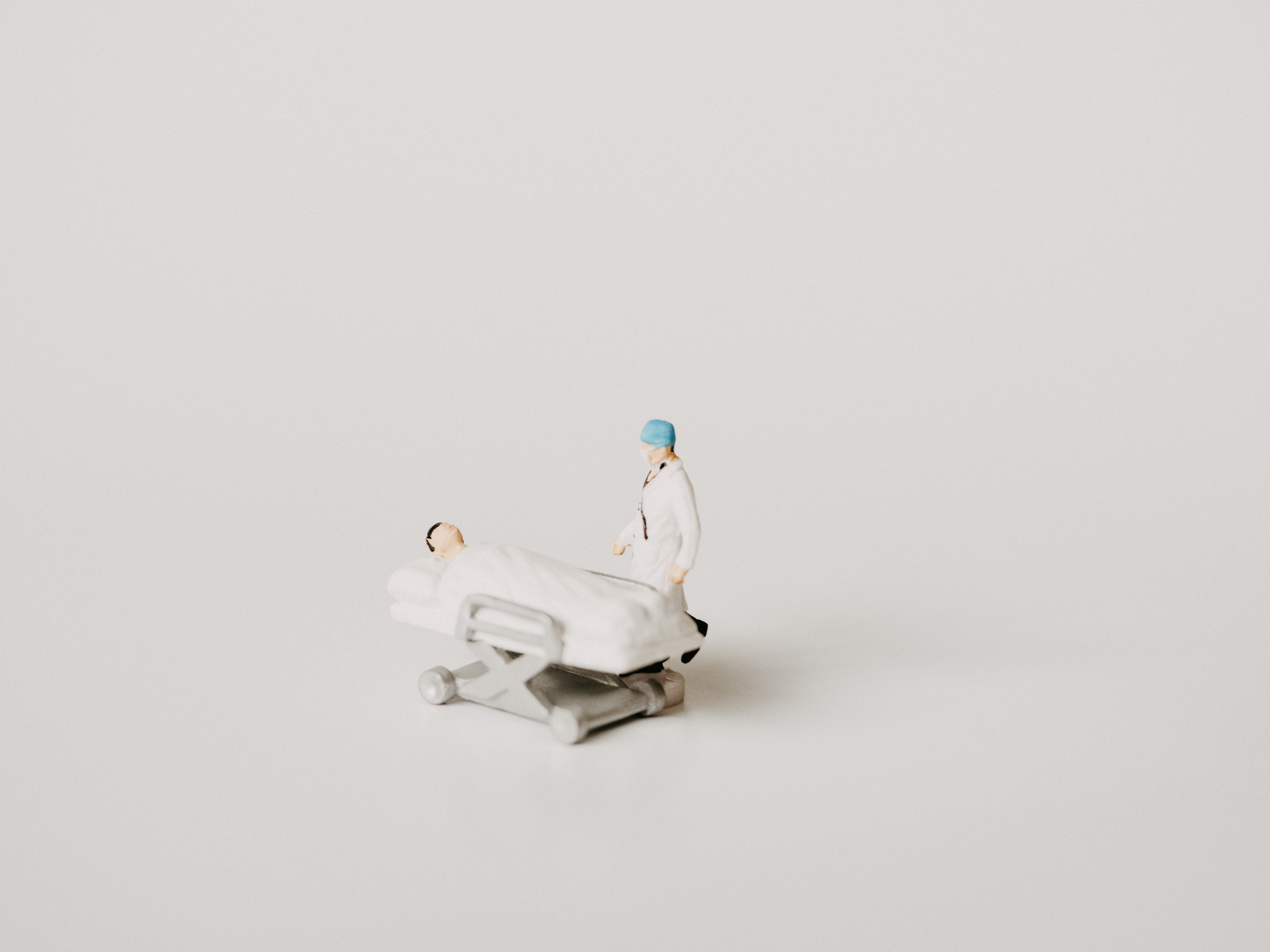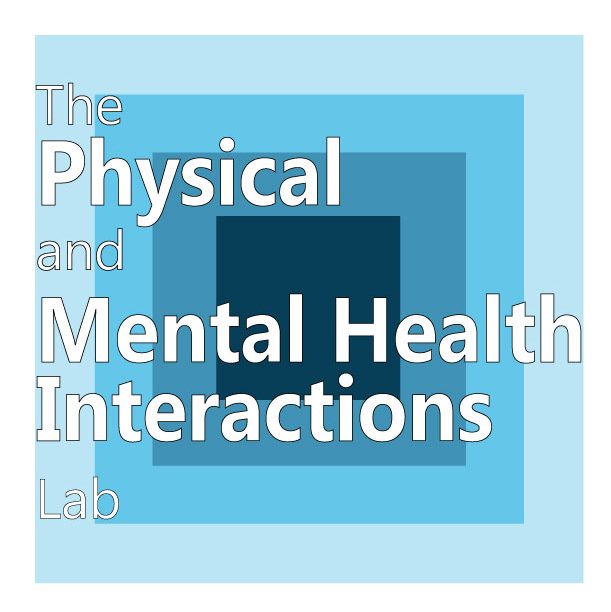
“Because patients with pain clearly show how helpless practitioners can be, the relationship is often very conflicted. Helplessness can lead to (mutual distrust) and aggressiveness.” – Leon Chertok (French psychiatrist)

Persistent somatic symptoms – The transition from an acute to a persistent, distressing symptom
The way people with persistent somatic symptoms, such as chronic pain for example, deal with their complaints can vary substantially. Some appear to adjust to the challenging situation of having persisting symptoms in a functional and helpful manner. A certain proportion of people, however, develop poor management of their symptoms. They experience significant distress and disability associated with the symptoms. Poor symptom management is a risk factor of low quality of life, low levels of functioning in everyday life, and mental health conditions. We still do not have much insight in the process of how an acute somatic symptom (e.g., pain) turns into a persistent, distressing, and disabling problem. A central mission of the USU Physical and Mental
Health Interactions Lab is to gain a better understanding of this process by applying longitudinal research designs. In particular, we want to understand the psychosocial factors that make individuals with acute somatic symptoms more vulnerable to develop a persistent, distressing symptom and poor symptom management.

Patient-doctor relationship
The therapeutic relationship is the relationship that exists between a mental or physical healthcare provider and their patients. Research suggests that this relationship is associated with treatment outcomes, particularly that strong or positive therapeutic relationships can contribute to better treatment outcomes such as greater symptom reduction. Individuals with persistent somatic symptoms often feel invalidated or minimized by doctors in medical settings, while doctors often feel unequipped to discuss pain conditions with their patients. These two elements together can challenge the therapeutic relationship. The USU Physical and Mental Health Interactions Lab seeks to understand the therapeutic relationship, particularly in the context of pain conditions. The goal of deepening the empirical understanding in this area is to improve clinical care, both from the patient and healthcare provider perspectives.

Interventions for persistent somatic symptoms
According to modern theories and approaches in behavioral medicine, we consider the pathology of persistent somatic symptoms not as a unidimensional but as a multidimensional phenomenon. For example, the onset of chronic low back pain is in many cases not associated with a clearly circumscribed incident (e.g., disc prolapse) but rather a complex of biomedical, psychological, and social factors that interact with each other. For example, a person who works in a time-consuming job that spends a lot of time sitting in front of the computer may be less able to take care of their health (e.g., sedentary behavior, unhealthy diet). These factors in addition to the experience of distress contribute to chronic muscle tension and loss of muscle strength in the back as well as postural distortions. This pathology of a chronic back pain involves different biopsychosocial factors and cannot be addressed by a biomedical treatment only. It actually needs an interdisciplinary approach where different treatment team members (e.g., pain physician, psychologist, physical therapist) collaborate with each other to target the patient’s problem. Psychological approaches play a very important role in the context of interdisciplinary management programs for persistent somatic symptoms. One of the missions of our lab is to develop and evaluate psychological and interdisciplinary interventions to help individuals managing their chronic somatic symptoms in a helpful way. Read more about the treatment programs that we offer for individuals with different types of persistent somatic symptoms in our Somatic Symptom Disorder Clinic.
